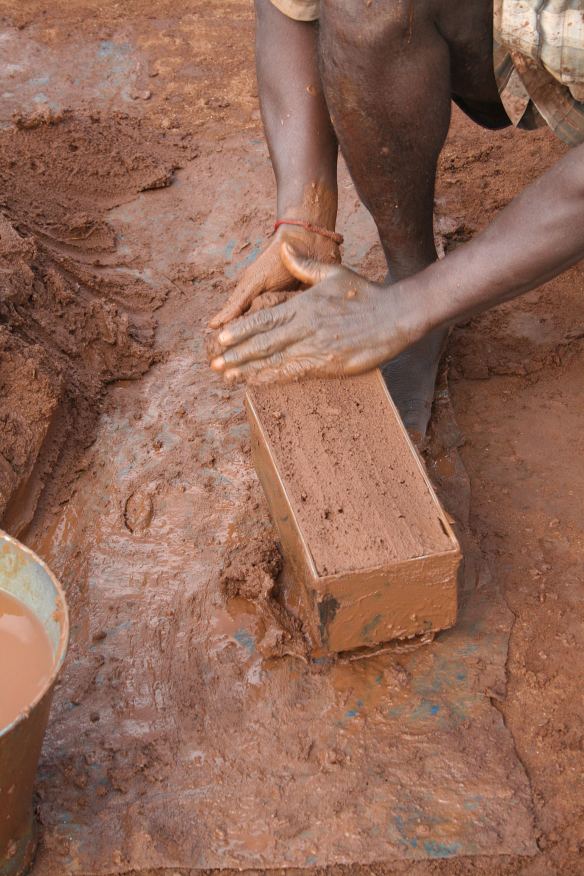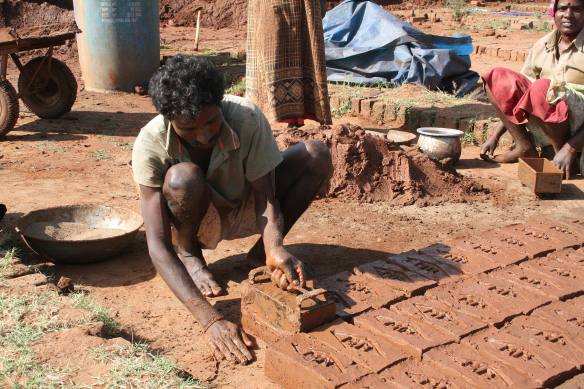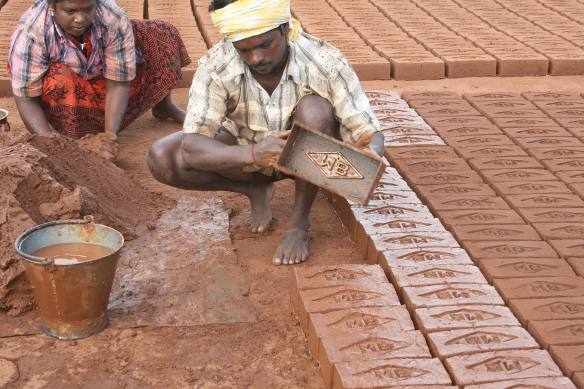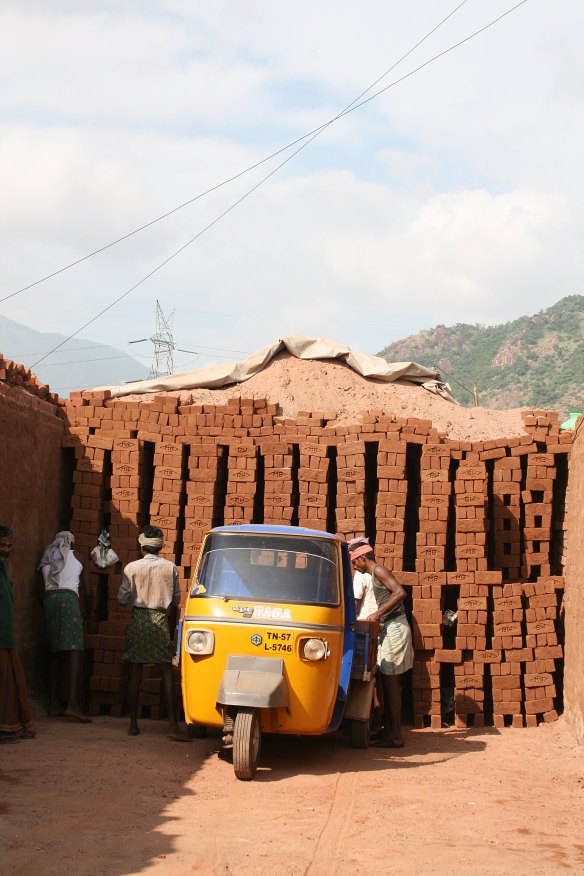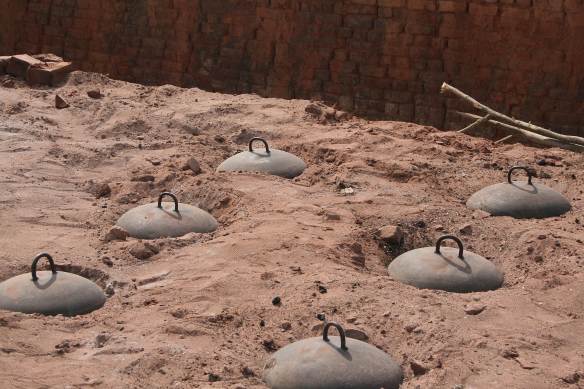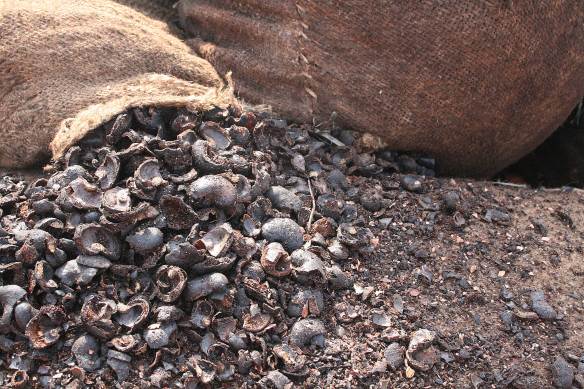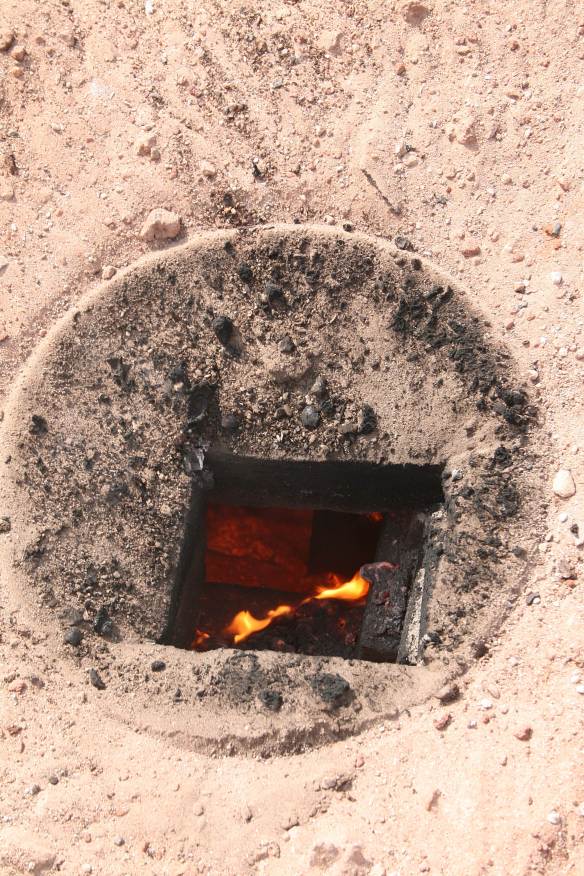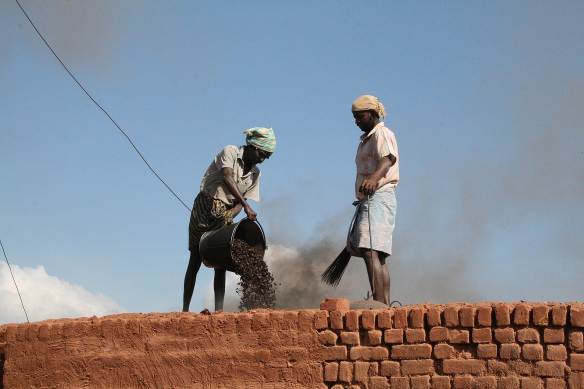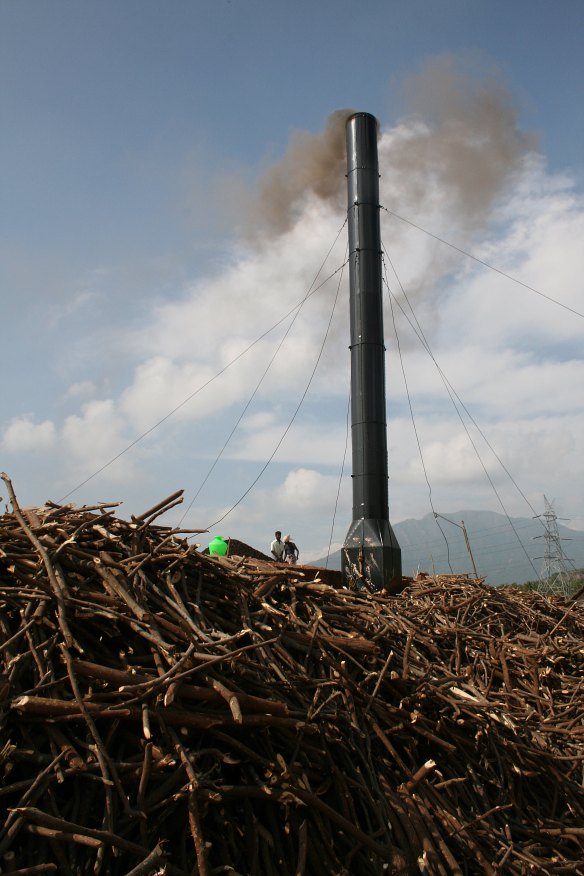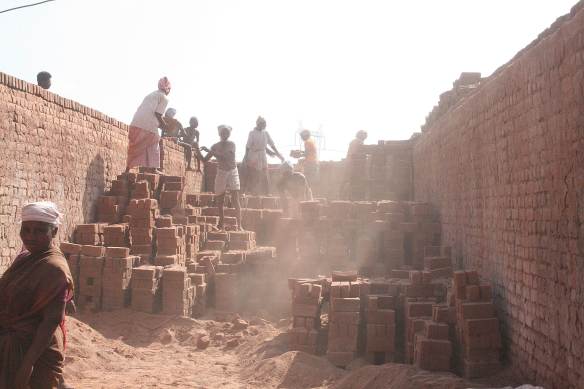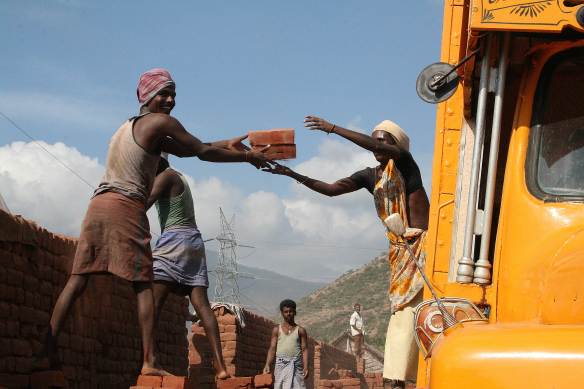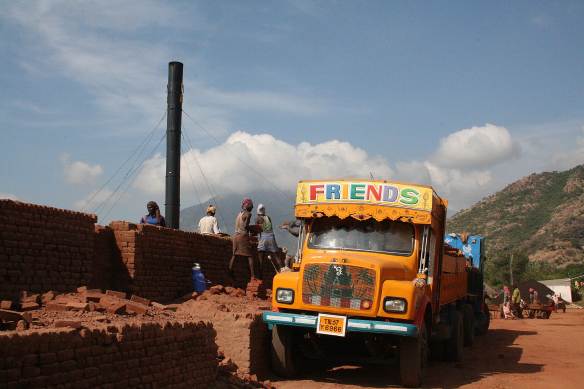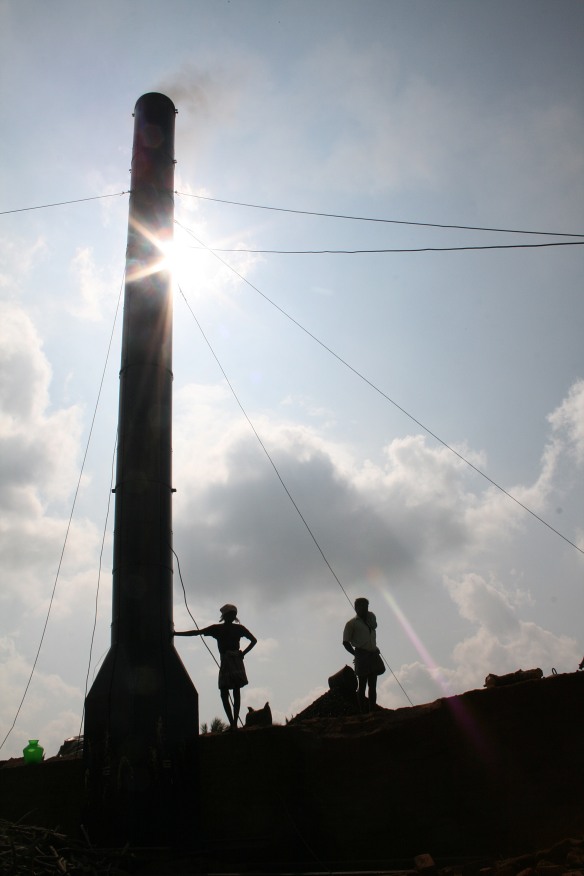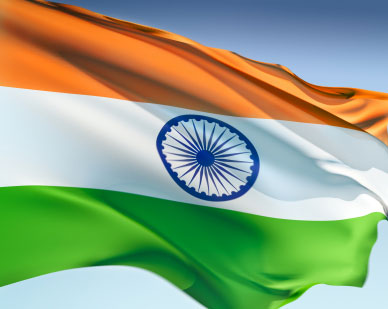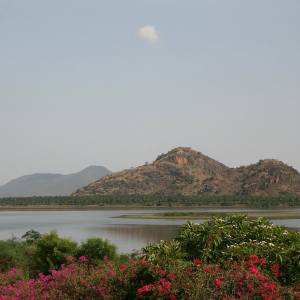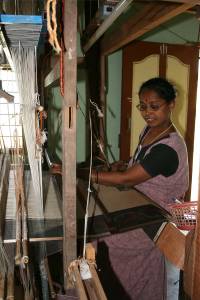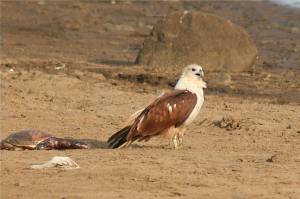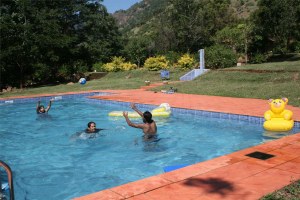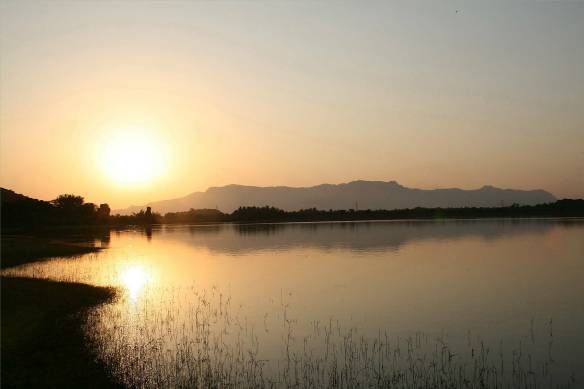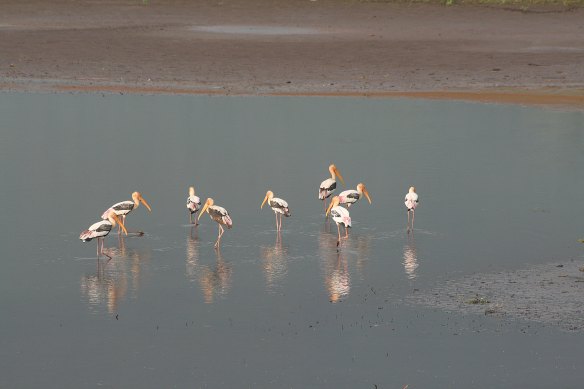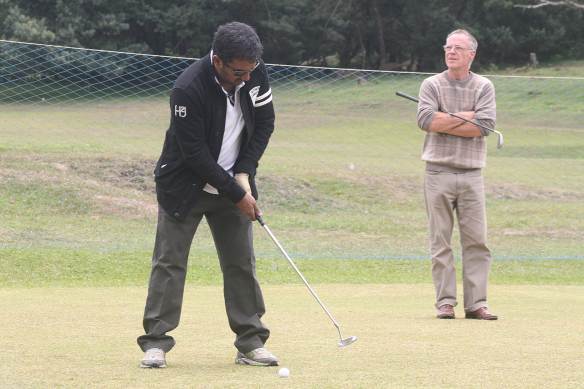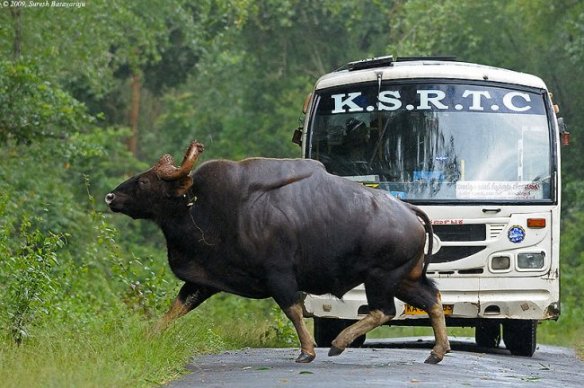As I said in my last post, we recently had a visit from a young man who researches tours for Kuoni, the holiday tour company. We spent a very nice two days together, and he has now featured us in this months magazine which is sent to their business contacts and tour companies. It is really exciting to get a great recommendation from such a prestigious company.
If you want to see the newsletter please click here, choose your language, then click newsletter at the bottom left and choose current issue (for the month of December 2013).
In the meantime you may like to read another of the three articles about us here. I hope it encourages you to pay us a visit!
A Story of an Expat Couple Settled in India
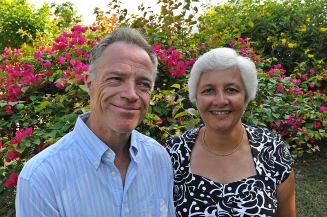
Peter and Dorinda in Lakeside gardens
Lakeside is hidden away in a remote valley just one hour’s drive from Madurai. It is unexpected to find a guest-house here. But even more surprising in this rural location is the fact that it is run by an English couple, Peter and Dorinda Balchin. Dorinda laughed when I asked her about this. “We’re just as surprised as anyone else!” she told me. “When we stayed at Lakeside during our first visit to India in 2007, we both had good jobs in the UK and had no intentions of running our own business, certainly not in India! But when the owner told us that the property was for sale, Peter asked me if I’d like to wake up here every morning or back in the UK? It was no contest, really. We returned to England and set the wheels in motion so that, by the end of 2008, and after spending less than twenty days in India, we left our old lives behind us and found ourselves the proud owners of what has now become this beautiful resort.”
The couple have enjoyed their first five years at Lakeside, finding the experience interesting and exciting, although they readily admit that moving to India has involved a steep learning curve for them both. Everything from finding the right staff to coping with bureaucracy has involved new ways of thinking and doing things – and endless patience!
They certainly seem to have adapted well to their new life, although some things have been more difficult to adjust to than others. Take shopping, for instance. “Visiting a whole range of shops when buying groceries, instead of one supermarket, took me back to my childhood days,” says Dorinda. “Although having one person scan the goods, paying another, and then a third checking and packaging my purchases was a whole new experience.” Peter agreed. He has a background in the building trade in the UK, and is responsible for renovations and maintenance. “The choices available for the task of upgrading Lakeside were limited when we first arrived. I suppose I had been spoilt by the range of items available in England. But it’s surprising how things have changed over the last five years. Many western items, from bathroom appliances to tools, are more readily available now, and more affordable. There are supermarkets and malls opening in Madurai as well, so that the shopping experience for both of us is much closer to that in the west. And the differences are getting smaller all the time.”
Life in many western countries, including the UK, can be very stressful. The opportunity to live a more relaxed lifestyle closer to nature was one of the things which helped Peter and Dorinda to make their decision to move to Tamil Nadu. Dorinda loves the early mornings, watching the sun rise and nature come to life. It is especially enjoyable if she is riding her horse down by the lakeside, with the chance of seeing deer or wild-boar, and with the ever present birdlife for company. For Peter, the best part of the day is sitting on the veranda in the early evening, watching the sun go down over the mountains. Sipping a cold beer as he watches the goats and water buffalo make their slow way homewards is something he would never have been able to do in his previous life.
The couple obviously love the seclusion at Lakeside, but have also taken the opportunity to explore further afield. “We have visited most of the tourist sites in south India,” explains Peter. “Each place has its own attractions but, for us, one of our favourite places is the remote area of Wayanad. Here you can have a great wildlife experience, and are more or less guaranteed to see animals from small deer to huge gaur and elephants. The really lucky also get to see leopard, and the occasional tiger.”
“We’ve enjoyed travelling here in the south,” agrees Dorinda, “but India has so much more to offer. The next places on our ‘to visit’ list are all in the north – the Taj Mahal, Rajasthan, Darjeeling. We could spend a whole life-time in India and not see it all!”
One thing people love about a stay at Lakeside is the fund of stories that the owners are able to tell of their experiences. For example, the couple brought their pet Alaskan Malamute with them when they came to India; an enormous animal affectionately known by the locals as ‘the wolf dog’. He is, sadly, no longer with them, but the story of him travelling in the back of the car with his head out of the window still raises a smile – except with the motorbike riders who were so surprised by what they saw that they fell off of their bikes! Another memorable moment was during one conversation over dinner. Peter asked the question ‘if you could invite anyone from any period of history to dinner who would it be?’ and gave the example that President Obama has said that he would invite Nelson Mandela. You can imagine the surprise around the table when one of the guests said “I have had dinner with him, and Nelson phoned Queen Elizabeth II during our meal”. As you can imagine, no one could beat that!
The guests I met at Lakeside said that they enjoyed the peace and seclusion of the property. The buildings are spread out in the landscaped gardens in a way that offers space for people to ‘do their own thing’ whilst enjoying the fantastic views. The owner’s plans for the future are to keep that unique ambience. The property needed a lot of work doing to it when they bought it, and during the last five years they have fully renovated the buildings, and built a swimming pool. But no further building is planned. “What we want to do is continue to upgrade our facilities for our guests” Peter told me. “We aren’t looking to provide ultra-luxurious accommodation, but can guarantee a warm welcome and comfortable stay. What we do want to do is provide more unique experiences and opportunities, particularly for foreign guests to experience real life in rural Tamil Nadu, which is something they don’t find on the average tour. With my ‘hands on’ skills, and Dorinda’s focus on the needs of the guests we feel we have an ideal partnership to do this.”
Peter and Dorinda have two children, and a grandson, living in England. They readily admit that it is family and friends that they miss most in their new life, and so take the opportunity to return to England once a year. Their family and friends have also visited Lakeside, and realized that the couple’s unexpected decision to move to India was not so crazy after-all!
“The phrase ‘Incredible India’ is so true, and we’ve certainly fallen in love with life here”, Dorinda told me. “The friendly people, the fantastic food, the scenery, the amazing temples, the colours, the wildlife – the list is endless. We feel privileged to live here. And privileged to be able to share our home with like-minded people who choose to stay with us during their Indian adventures.”
